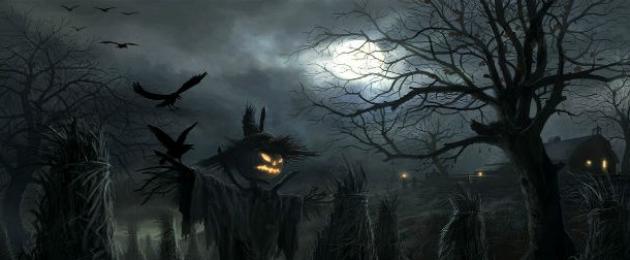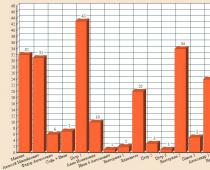[:RU]Throughout history, people have invented countless stories about mythical creatures, legendary monsters and supernatural monsters. Despite their obscure origins, these mythical creatures are described in the folklore of various peoples and in many cases are part of the culture. It's amazing that there are people around the world who are still convinced that these monsters exist, despite the lack of any meaningful evidence. So, today we are going to look at a list of 25 legendary and mythical creatures that never existed.
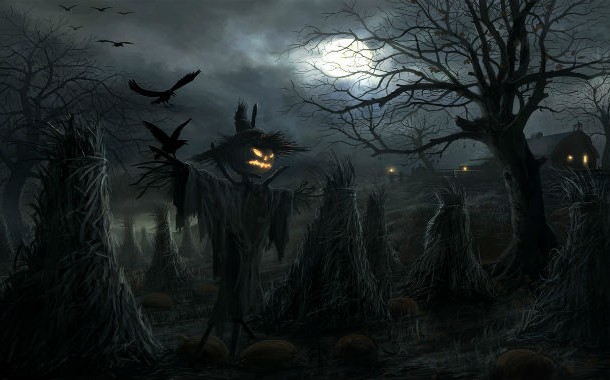
Budak is present in many Czech fairy tales and legends. This monster is described, as a rule, as a creepy creature resembling a scarecrow. It can cry like an innocent child, thus luring its victims. On the night of the full moon, Budak allegedly weaves a fabric from the souls of those people whom he ruined. Budak is sometimes described as an evil version of Santa Claus who travels around Christmas in a cart pulled by black cats.
24. Ghoul
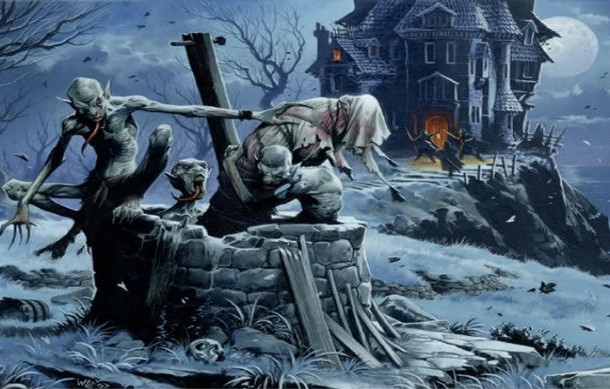
The ghoul is one of the most famous creatures in Arabian folklore and appears in the Thousand and One Nights. The ghoul is described as an undead creature that can also take the form of an intangible spirit. He often visits cemeteries to eat the flesh of recently deceased people. This is perhaps the main reason why the word ghoul is often used in Arab countries when referring to gravediggers or representatives of any profession directly related to death.
23. Yorogumo.

Loosely translated from Japanese, Yorogumo means "spider temptress", and in our humble opinion, the name perfectly describes this monster. According to Japanese folklore, Yorogumo was a bloodthirsty monster. But in most tales, it is described as a huge spider that takes the form of a very attractive and sexy woman who seduces her male victims, captures them in a web, and then devours them with pleasure.
22. Cerberus.
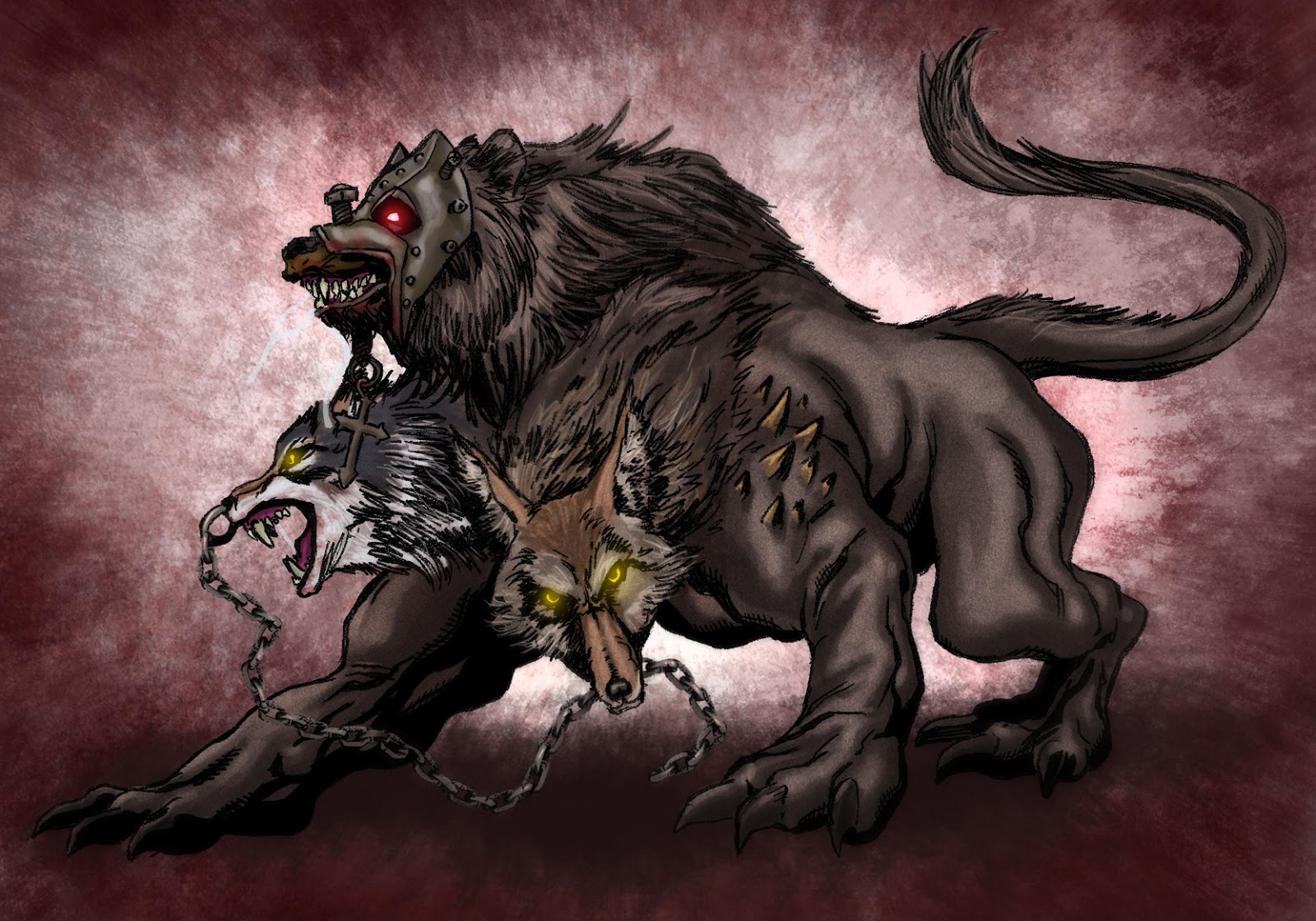
In Greek mythology, Cerberus is the guardian of Hades and is usually described as a bizarre looking monster that looks like a dog with three heads and a tail ending in a dragon's head. Cerberus was born from the union of two monsters, the giant Typhon and Echidna, and is himself the brother of the Lernaean Hydra. Cerberus is often described in myth as one of the most dedicated guards in history and is often mentioned in the Homeric epic.
21. Kraken
The legend of the Kraken came from the North Seas and its presence was initially limited to the coasts of Norway and Iceland. Over time, however, his fame grew, thanks to the wild imagination of storytellers, which led subsequent generations to believe that he also lives in all the seas of the world.
Norwegian fishermen originally described the sea monster as a gigantic animal that was as big as an island and posed a danger to passing ships not from direct attack, but from giant waves and tsunamis caused by its body movements. However, later people began to spread stories about the monster's violent attacks on ships. Modern historians believe that the Kraken was nothing more than a giant squid and the rest of the stories are nothing but the wild imagination of sailors.
20. Minotaur
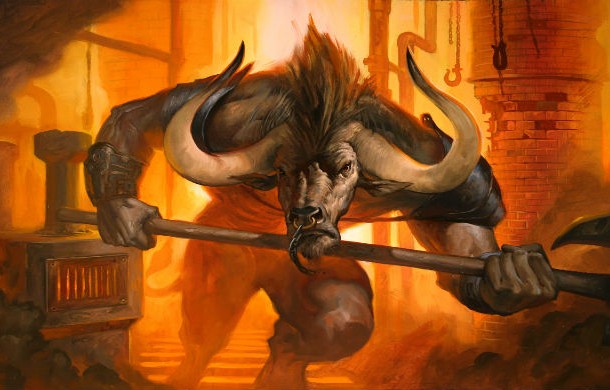
The Minotaur is one of the first epic creatures that we meet in the history of mankind, and takes us back to the heyday of the Minoan civilization. The Minotaur had the head of a bull on the body of a very large, muscular man and settled in the center of the Cretan labyrinth, which was built by Daedalus and his son Icarus at the request of King Minos. Everyone who fell into the labyrinth became a victim of the Minotaur. The exception was the Athenian king Theseus, who killed the beast and left the labyrinth alive with the help of the thread of Ariadne, the daughter of Minos.
If Theseus were hunting the Minotaur these days, then a rifle with a collimator sight would be very useful to him, a huge and high-quality selection of which is on the portal http://www.meteomaster.com.ua/meteoitems_R473/.
19. Wendigo
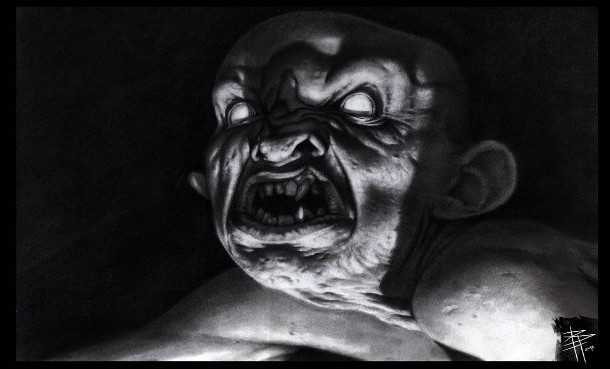
Those familiar with psychology have probably heard the term "Wendigo psychopathy" which describes a psychosis that causes a person to eat human flesh. The medical term takes its name from the mythical creature called the Wendigo, which, according to the myths of the Algonquian Indians. The Wendigo was an evil creature that looked like a cross between a human and a monster, somewhat like a zombie. According to legend, only people who ate human flesh were able to become Wendigo themselves.
Of course, this creature never existed and was invented by Algonquin elders who were trying to stop people from engaging in cannibalism.
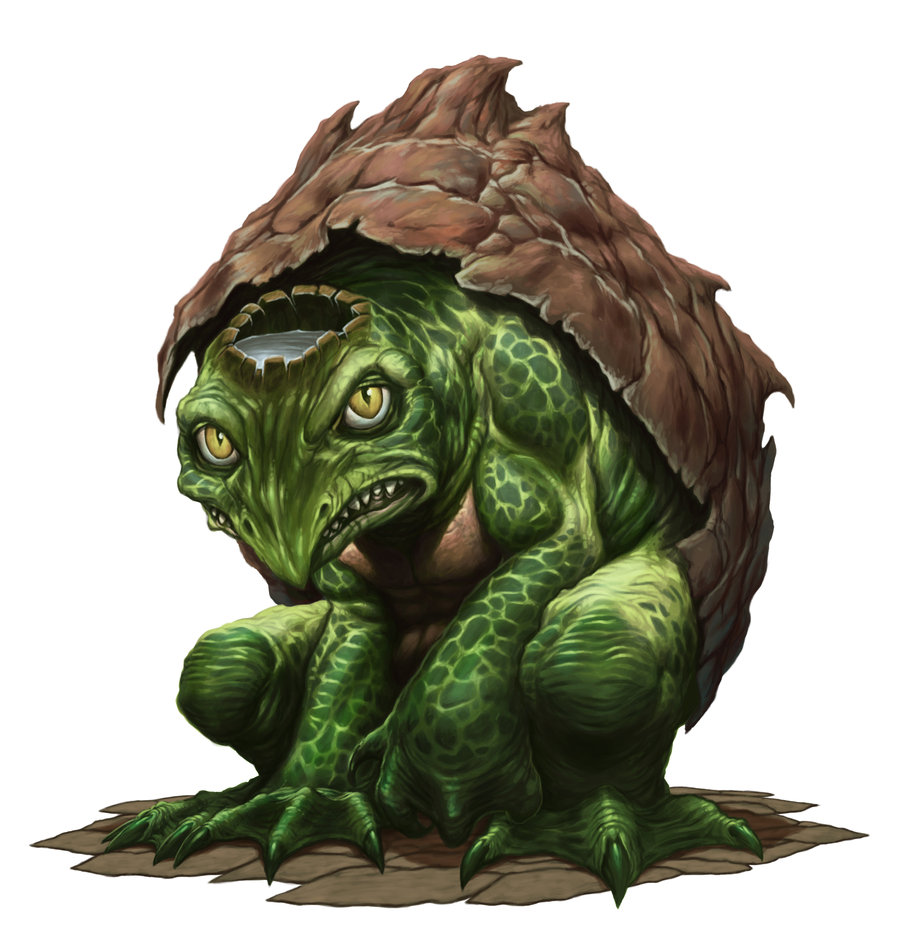
In ancient Japanese folklore, Kappa is a water demon that lives in rivers and lakes and devours naughty children. Kappa means "river child" in Japanese and has the body of a turtle, the limbs of a frog, and a head with a beak. In addition, on the top of the head there is a cavity with water. According to legend, Kappa's head should always be moistened, otherwise it will lose its power. Oddly enough, many Japanese consider the existence of Kappa to be a reality. Some lakes in Japan have posters and signs warning visitors that there is a serious danger of being attacked by this creature.
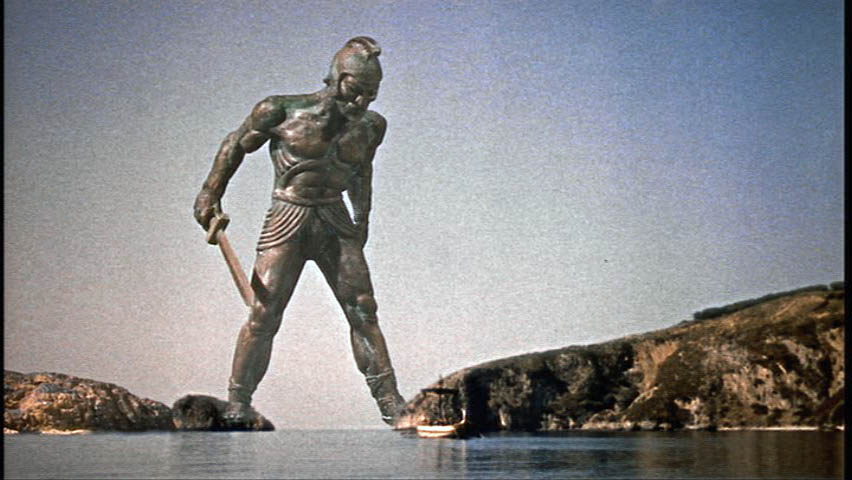
Greek mythology gave the world the most epic heroes, gods, and creatures, and Talos is one of them. The huge bronze giant allegedly lived in Crete, where he protected a woman named Europa (from whom the European continent takes its name) from pirates and invaders. For this reason, Talos patrolled the island's shores three times a day.
16. Menehune.
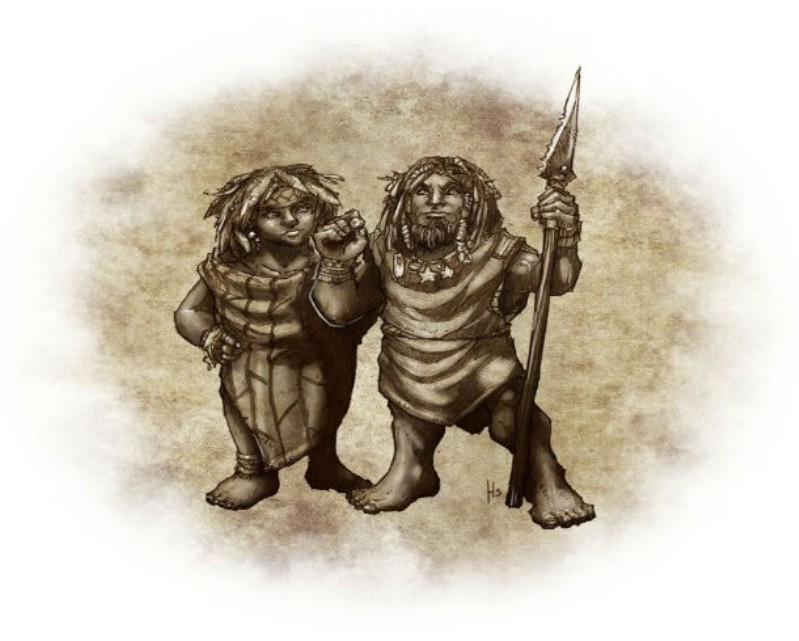
According to legend, the Menehune were an ancient race of gnomes who lived in the forests of Hawaii before the arrival of the Polynesians. Many scientists explain the existence of ancient statues in the Hawaiian Islands by the presence of Menehune here. Others argue that the legends of Menehune appeared with the arrival of Europeans in these areas and were created by the human imagination. The myth goes back to the roots of Polynesian history. When the first Polynesians arrived in Hawaii, they found dams, roads, and even temples that were built by the Menehune.
However, no one has found the skeletons. Therefore, it still remains a big mystery what kind of race built all these amazing ancient structures in Hawaii before the arrival of the Polynesians.
15. Griffin.
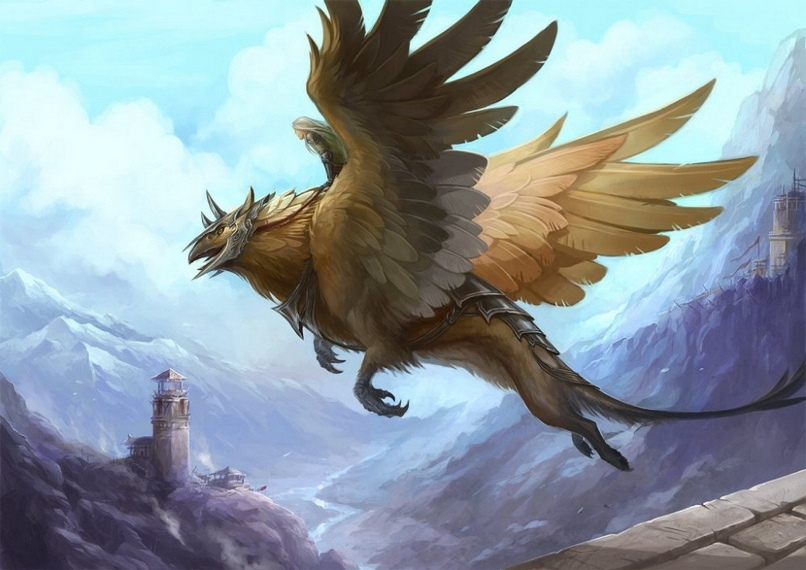
The griffin was a legendary creature with the head and wings of an eagle and the body and tail of a lion. The griffin is the king of the animal kingdom, which was a symbol of power and dominance. Griffins can be found in many depictions of Minoan Crete and more recently in the art and mythology of Ancient Greece. However, some believe that the creature symbolizes the fight against evil and witchcraft.
14. Medusa

According to one version, Medusa was a beautiful maiden destined for the goddess Athena, who was raped by Poseidon. Athena, furious that she couldn't stand up to Poseidon directly, turned Medusa into an unsightly, evil monster with a head full of snakes for hair. The ugliness of Medusa was so disgusting that the one who looked at her face turned to stone. Eventually Perseus killed Medusa with the help of Athena.
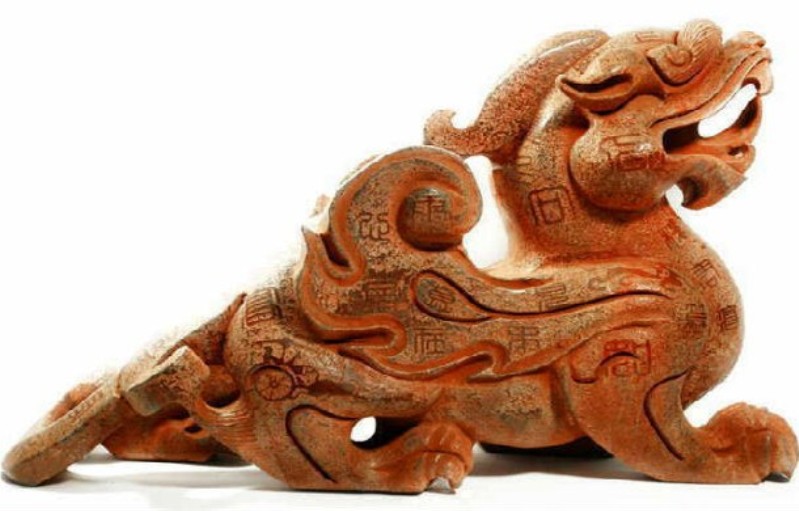
Pihiu is another legendary monster hybrid native to China. Even though no part of its body resembled human organs, the mythological creature is often described as having the body of a lion with wings, long legs, and the head of a Chinese dragon. Pihiu is considered the guardian and protector of those who practice feng shui. Another version of pihiu, Tian Lu is also sometimes considered a sacred being that attracts and protects wealth. This is the reason why small statues of Tian Lu are often seen in Chinese homes or offices, as it is believed that this creature can contribute to the accumulation of wealth.
12. Sukuyant
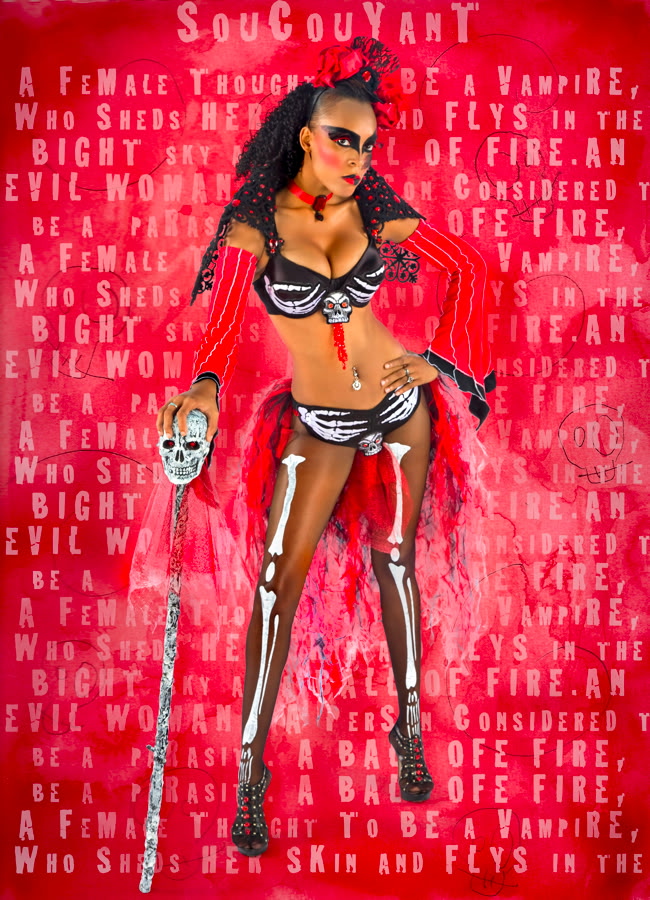
Sukuyant, according to Caribbean legends (especially in the Dominican Republic, Trinidad and Guadeloupe), is an exotic black version of the European vampire. From mouth to mouth, from generation to generation, Sukuyant has become part of the local folklore. He is described as a hideous-looking old woman by day, turning into a gorgeous-looking young black woman resembling a goddess at night. She seduces her victims to suck their blood or make them her eternal slaves. It was also believed that she practiced black magic and voodoo, and could transform into fireballs or enter the homes of her victims through any opening in the home, including through cracks and keyholes.
11. Lamassu.

According to the mythology and legends of Mesopotamia, Lamassu was a protective deity, depicted with the body and wings of a bull, or with the body of a lion, wings of an eagle and the head of a man. Some have described him as a menacing male, while others have described him as a female deity with good intentions.
10. Tarasca
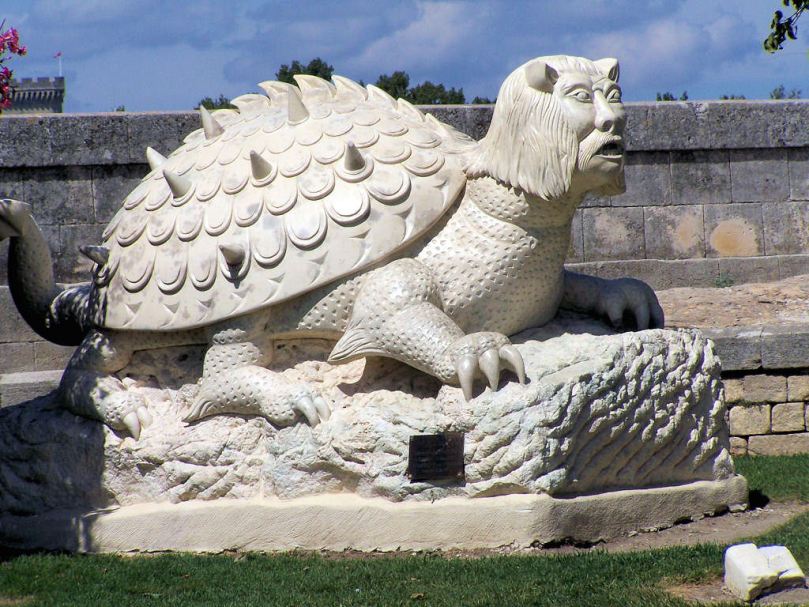
The tale of Tarascus is reported in the story of Martha, which is included in the biography of the Christian saints Jacob. Tarasca was a dragon with a very intimidating appearance and bad intentions. According to legend, he had the head of a lion, six short legs like a bear, the body of a bull, was covered with a turtle shell and a scaly tail that ended with a sting of a scorpion. Tarasca terrorized the region of Nerluk in France.
It all ended when a young devoted Christian named Martha arrived in the city to spread the gospel of Jesus and discovered that people had been afraid of the ferocious dragon for years. Then he found a dragon in the forest and sprinkled it with holy water. This action tamed the dragon's wild nature. After that, Marfa led the dragon back to the city of Nerluk, where the enraged locals stoned Tarasque to death.
On November 25, 2005, UNESCO included Tarasque in the list of Masterpieces of the Oral and Intangible Heritage of Humanity.
9. Draugr.

Draugr, according to Scandinavian folklore and mythology, is a zombie that spreads a surprisingly powerful putrid smell of the dead. It was believed that Draugr eats people, drinks blood, and has power over the minds of people, driving them crazy at will. The typical Draugr was somewhat similar to Freddy Krueger, which, apparently, was created under the influence of fairy tales about the Scandinavian monster.
8. Lernaean Hydra.
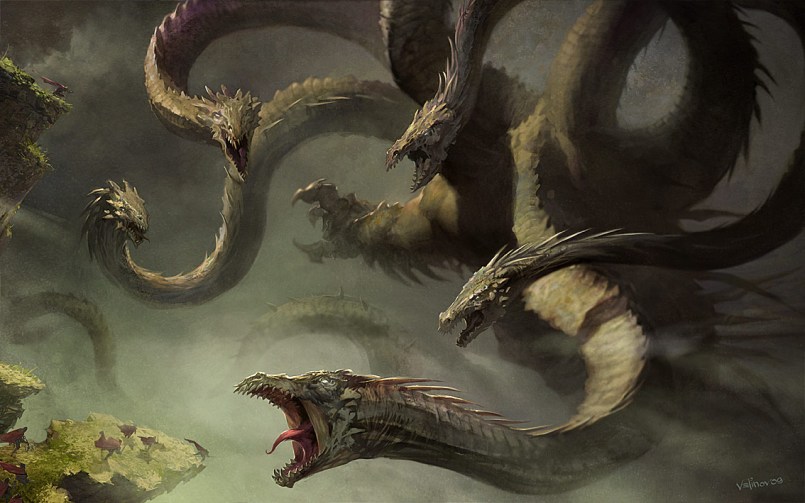
The Lernaean Hydra was a mythical water monster with many heads that resembled large snakes. The ferocious monster lived in Lerna, a small village near Argos. According to legend, Hercules decided to kill the Hydra and when he cut off one head, two appeared. For this reason, Heracles' nephew Iolaus burned every head as soon as his uncle cut it off, only then did they stop breeding.
7. Brox.
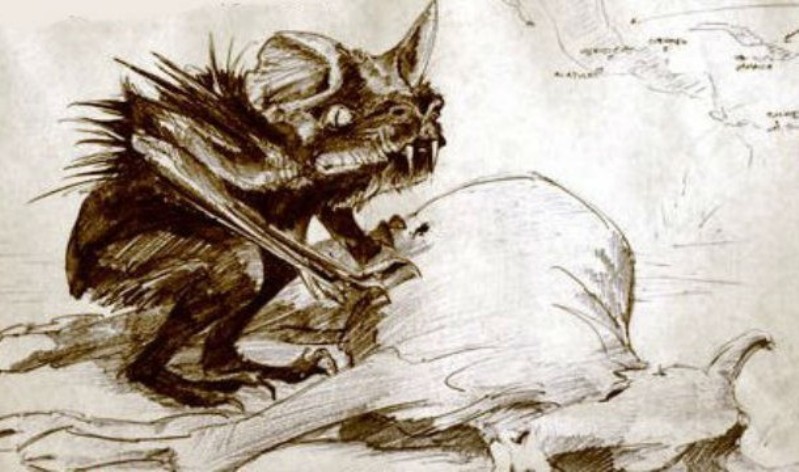
According to Jewish legend, Broxa is an aggressive monster that looks like a giant bird that attacked goats or, in rare cases, drank human blood at night. The legend of Brox spread in the Middle Ages in Europe, where it was believed that witches took on the appearance of Brox.
6. Baba Yaga
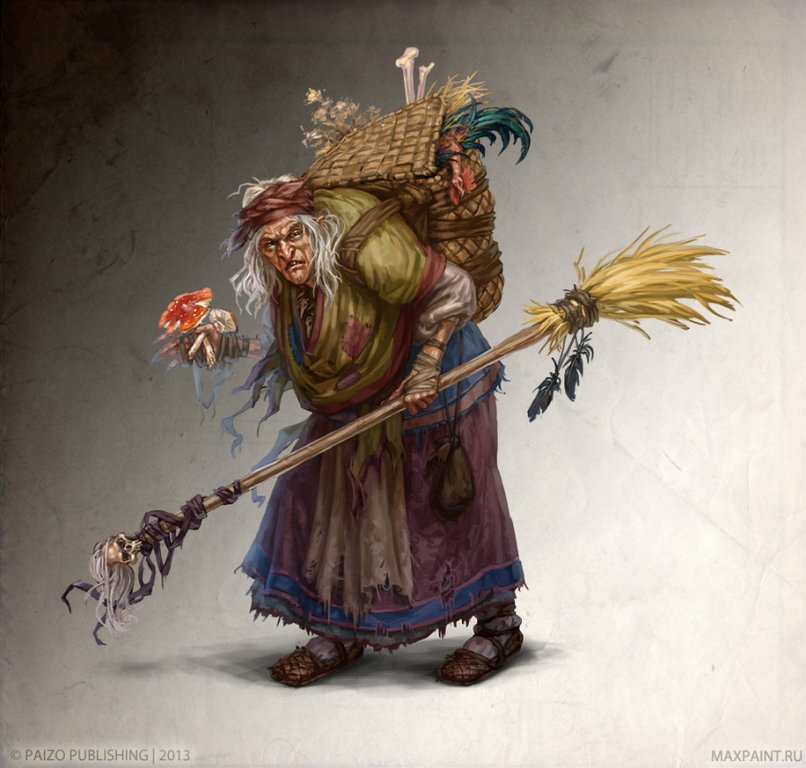
Baba Yaga is perhaps one of the most popular paranormal creatures in the folklore of the Eastern Slavs and, according to legend, had the appearance of a ferocious and scary old woman. Nevertheless, Baba Yaga is a multifaceted figure that can inspire researchers, can turn into a cloud, a snake, a bird, a black cat and symbolize the Moon, death, winter, or the Earth Mother Goddess, the totem progenitor of matriarchy.
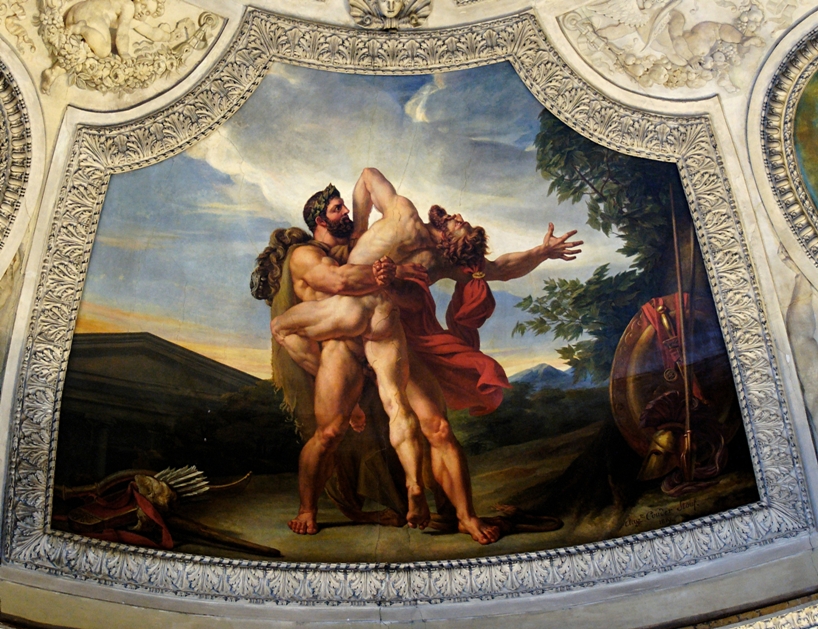
Antaeus was a giant with great strength, which he inherited from his father, Poseidon (god of the sea), and mother Gaia (Earth). He was a hooligan who lived in the Libyan desert and challenged any traveler in his lands to battle. Having defeated the stranger in a deadly wrestling match, he killed him. He collected the skulls of the people he defeated in order to one day build a temple dedicated to Poseidon from these "trophies".
But one day, one of the passers-by was Hercules, who made his way to the garden of the Hesperides to complete his eleventh feat. Antaeus made a fatal mistake by challenging Hercules. The hero raised Antaeus above the ground and crushed him in a bear hug.
4. Dullahan.

The fierce and powerful Dullahan is a headless horseman in Irish folklore and mythology. For centuries, the Irish have described him as a harbinger of doom who traveled on a black, terrifying-looking horse.
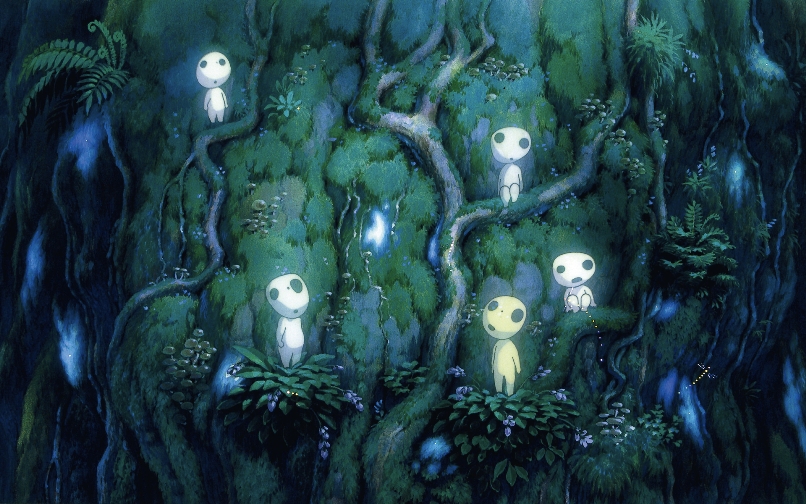
According to Japanese legend, Kodama is a peaceful spirit that lives inside certain types of trees. The kodama is described as a small white and peaceful ghost that is perfectly in sync with nature. However, according to legend, when someone tries to cut down the tree that Kodama lives in, bad things and a string of misfortunes begin to happen to him.
2. Corrigan
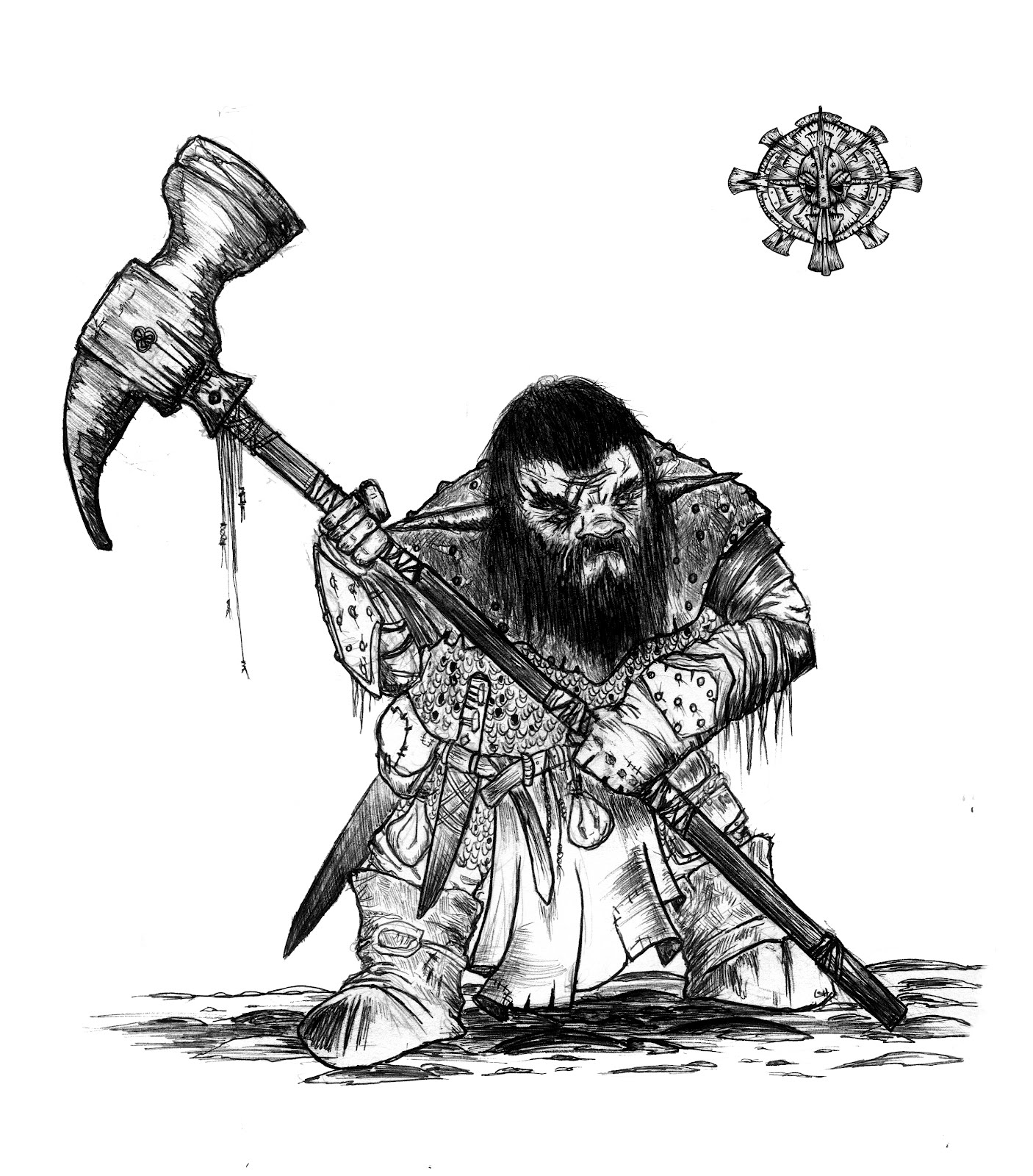
Strange creatures named Corrigan hail from Brittany, a cultural region in northwestern France with a very rich literary tradition and folklore. Some say that Corrigan was a beautiful, kind fairy, while other sources describe him as an evil spirit that looked like a dwarf and danced around fountains. He seduced people with his charms to kill them or steal their children.
1. Fish-man Lyrgans.

The fish-man Lyrgans existed in the mythology of Cantabria, an autonomous community located in northern Spain.
According to legend, this is an amphibious creature that looks like a sullen person who was lost at sea. Many people believe that the fish-man was one of the four sons of Francisco de la Vega and Maria del Casar, a couple who lived in the area. It was believed that they drowned in the waters of the sea while swimming with their friends at the mouth of Bilbao.
- In contact with 0
- Google+ 0
- OK 0
- Facebook 0

